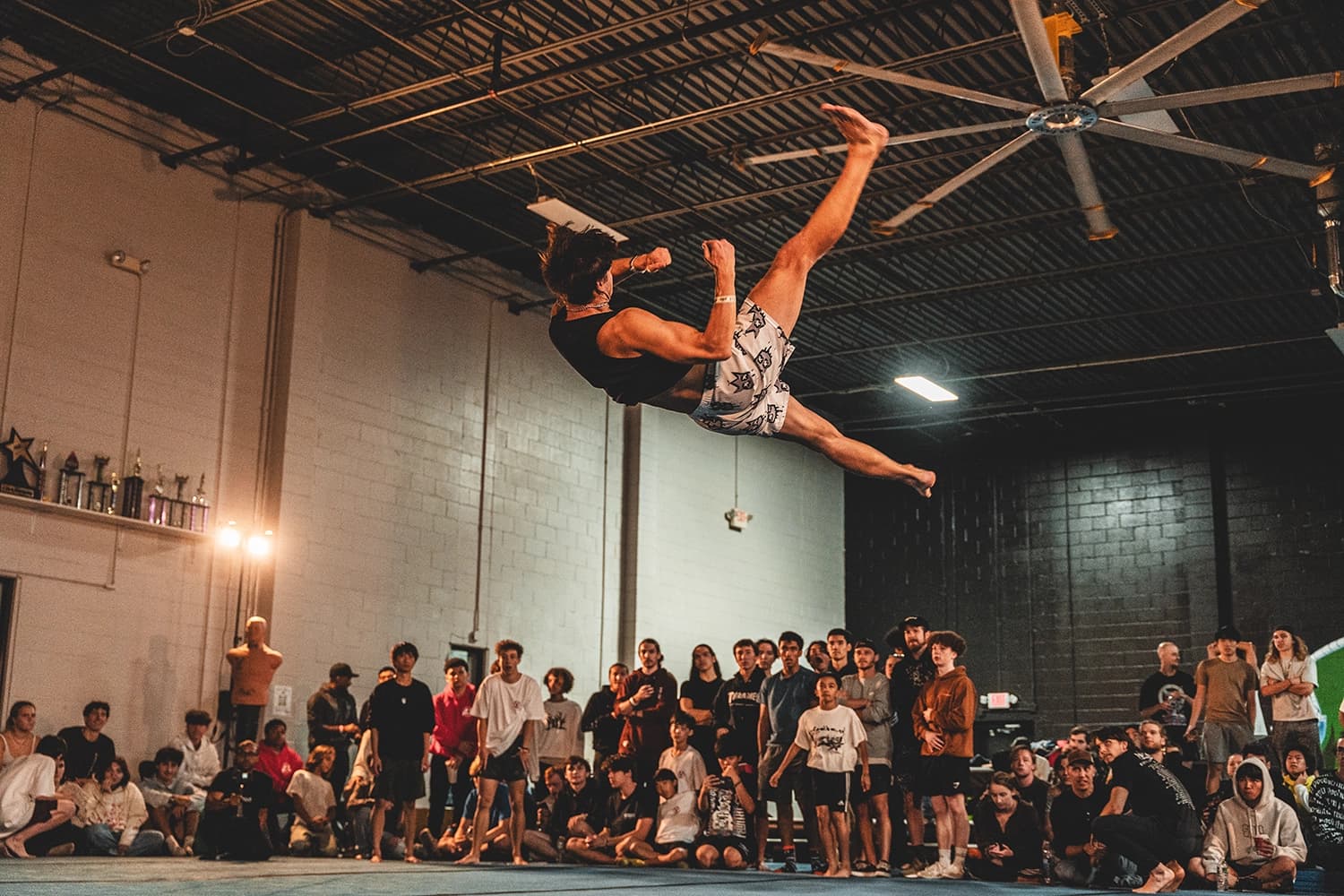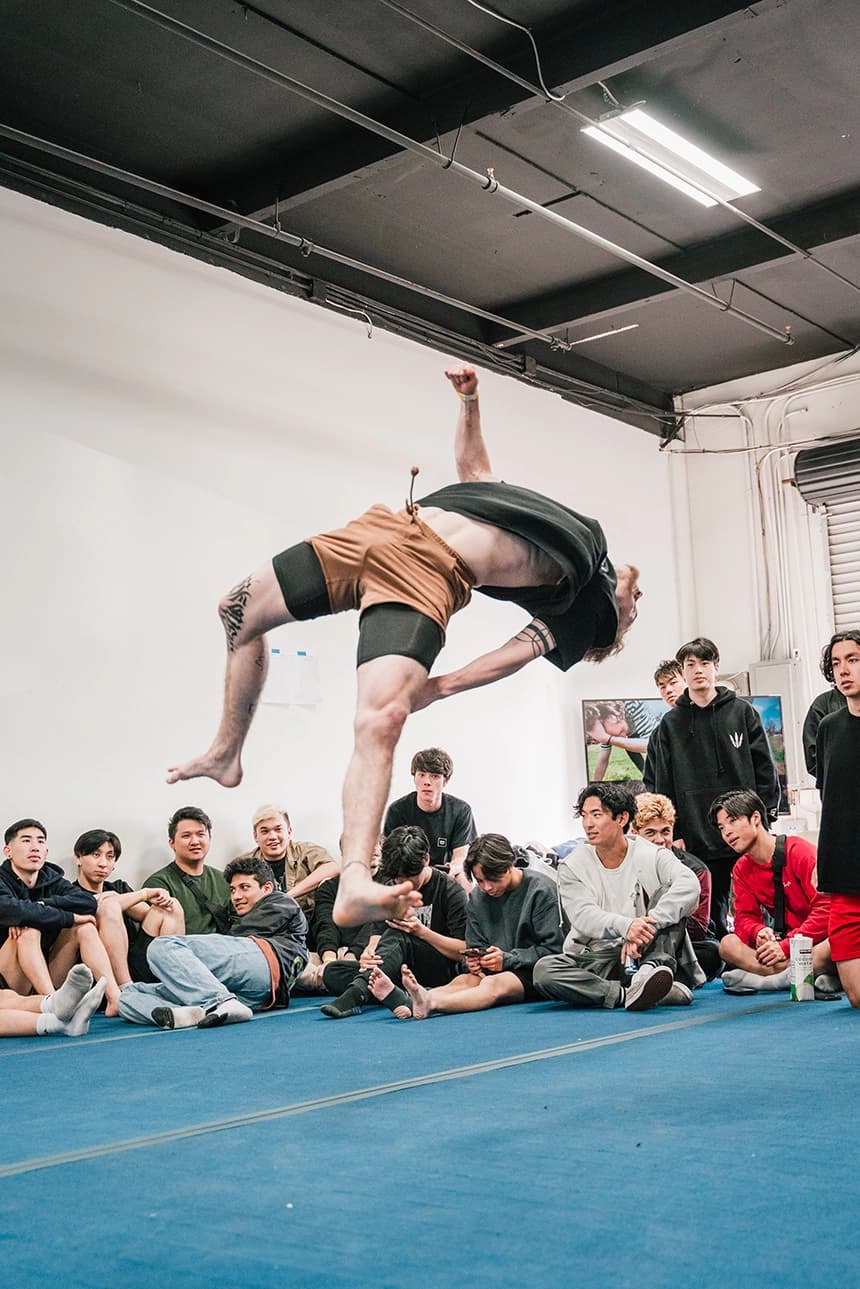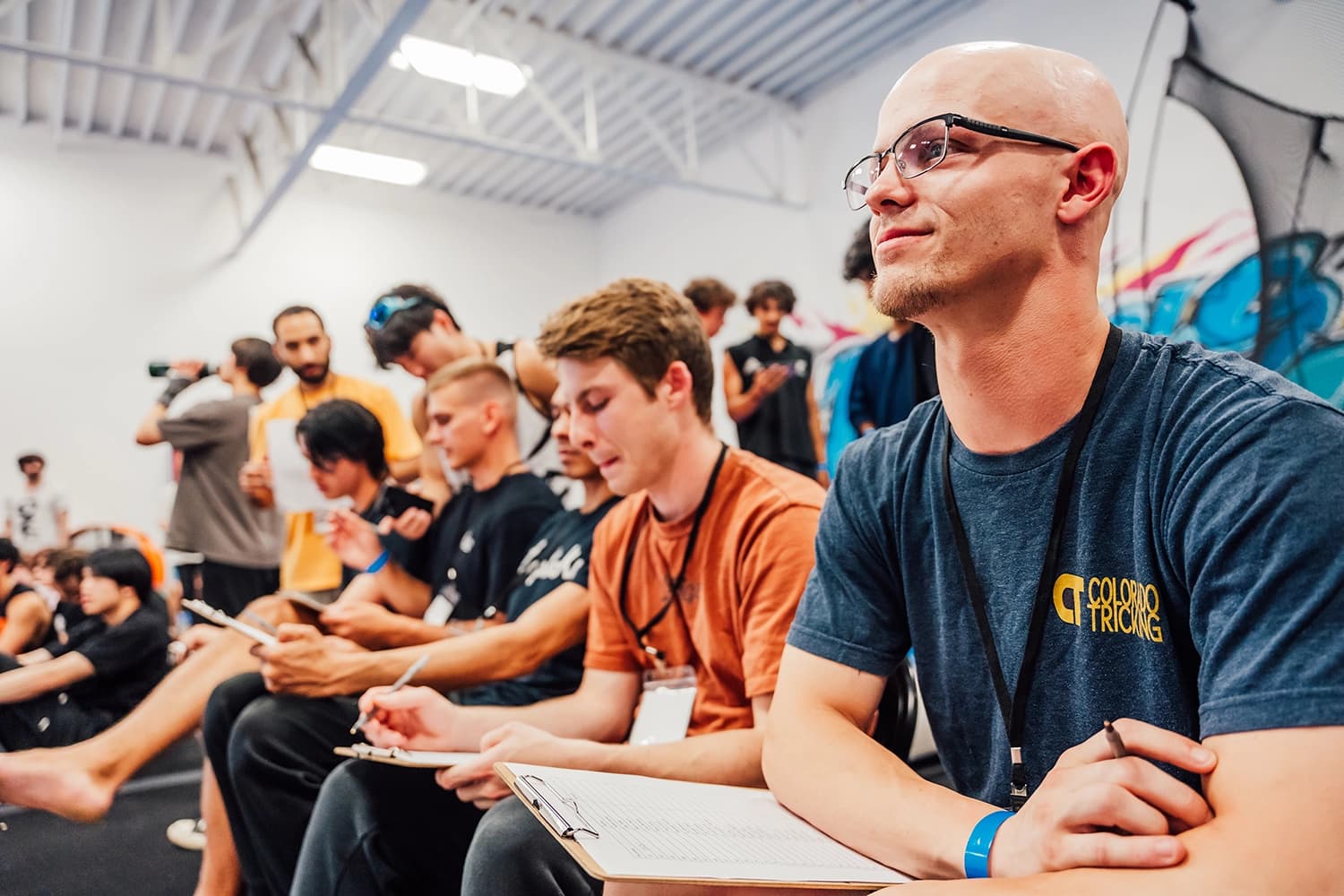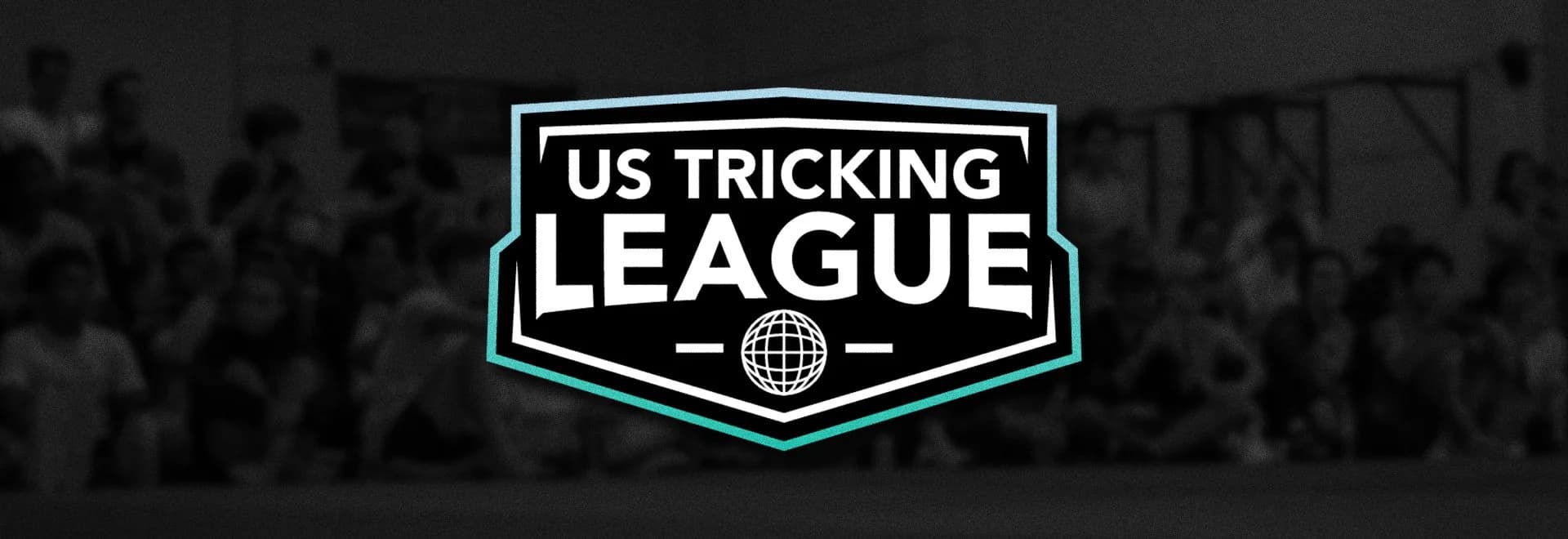Welcome to the US Tricking League
Introduced in 2023, the UST League is an annual series of Tricking Competitions held throughout the USA. We exist to grow the sport of tricking, grow the community across different regions and progress athletes' capabilities through friendly competition.

2025 Top 3
Last update: ---
Leaderboard
Points are updated as soon as possible after each battle event! You can view the entire leaderboard for this year and past years on the rankings page.
How it works:
Event Tiers and Point System
League points will be awarded to the individual athletes placing 1st - 8th in any competition. The more events you compete at, the more league points you can earn for yourself. Finally, all the points you earn over the season will be added to your athlete score!
Athletes are encouraged to compete in as many battles as possible, giving them the best chance to qualify for the potential UST Season Finals and earn the title of the 2024 US Tricking Champion.

League events are categorized into tiers 1, 2, and 3. The primary distinction between event tiers is the size and level of the competition. The UST League Committee may adjust an event tier based on the number of competitors to ensure a fair distribution of points.
Tier 1 - Large-bracket events showcasing the highest level of competition. Historically, bigger events with higher prize pools and a wider-reaching audience. Must have more than 16 trickers to qualify.
1st Place - 20 pts
2nd Place - 18 pts
3rd Place - 15 pts
4th Place - 12 pts
5th-8th Place - 10 pts
Tier 2 - Mid-to-large size events geared towards more regionalized communities. Minimum-bracket requirement: 12 trickers.
1st Place - 10 pts
2nd Place - 8 pts
3rd Place - 6 pts
4th Place - 5 pts
5th-8th Place - 3 pts
Tier 3 - First time, relatively new, and/or single-day battle events for local communities.
1st Place - 5 pts
2nd Place - 4 pts
3rd Place - 3 pts
4th Place - 2 pts
5th-8th Place - 1 pt
1 V 1 BATTLE DIVISION
General 1 v 1 Rules
Each battle format pits two tricking athletes head-to-head in a single elimination battle. Regardless of the battle format, a single winner will be determined by a panel of 3 to 5 judges. In the case of a tie, competitors will each have a single pass to determine the battle's winner.
Preliminary Rounds and Seeding
Given sufficient athletes, all events must have a preliminary round to determine who will move on to the Top 16 1 v 1 bracket. Preliminary rounds should divide athletes into randomized groups of 5. Once prelims are completed, judges will independently rank their Top 16. The bracket will be seeded using the athletes' average rankings across all the judges, with the lowest average being placed as the top seed.

Battle Order
The order of the athletes in a battle will be determined by their preliminary round seeding, if applicable. This means that the athlete with the higher seed will choose whether to go first or second in their battle. If there were no prelims, the battle order is determined by rock-paper-scissors.
Formats
The following battle formats and their accompanying prelim formats are valid for UST League events.
Timed Pass-by-Pass
The timed pass-by-pass battle format pits two tricking athletes head-to-head in a three-pass, single-round battle. Each competitor will be allotted three passes to complete, alternating between each competitor, with a time limit of 20 to 45 seconds between passes. The time limit is decided by the gathering host. This means that when Tricker A completes their first pass, Tricker B has the given time limit to start their next pass. If Tricker B does not start within that time limit, Tricker A is allowed to steal the pass. After each athlete has completed their three passes, the judges will decide on a winner.
Prelims
Timed: Athletes are to be given 2 to 3 minutes to showcase as many passes and tricks as they can.
Best of Three Passes
The best-of-three-passes format pits competitors against each other in a minimum best-of-three-rounds battle, where each round consists of a single pass performed by each tricker. After a round is completed, the judges will decide on a winner. The number of rounds can be as few as two if the same tricker wins both rounds and may exceed three in the event of ties. The winner of the battle is determined by whoever has won the most rounds.
Prelims
Passes: Athletes must get in a line, and showcase 2 passes each. No redos are allowed.
Time-Limited
The time-limited format consists of having two athletes facing off against each other in a 1-minute free-for-all round. The timer will start when the first athlete throws a trick. There are no restrictions on how many tricks or passes can be thrown. Aside from the starting tricker, there are no restrictions on who goes when. For example, it is valid if tricker A completes a pass and throws another trick before tricker B moves or even simultaneously as long as tricker A is not purposefully impeding tricker B's ability to trick. Note physical contact must be avoided; deliberate physical contact can disqualify an athlete.
Prelims
Timed: Athletes are to be given 2 to 3 minutes to showcase as many passes and tricks as they can.
Judging Criteria
Difficulty: How difficult are the skills performed?
Execution: How well are the skills performed?
Creativity: How were the combos composed?
Performance: How was the athlete's floor presence?
Volume: How many tricks did the athlete do?




